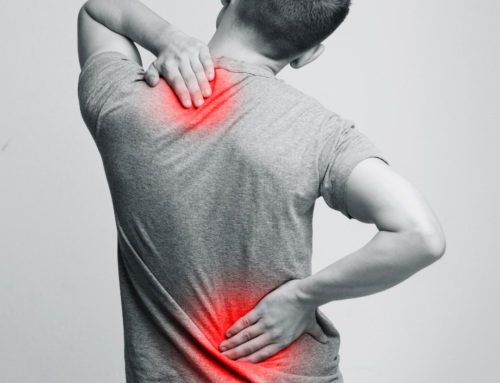If you have ever experienced lower back, neck, or leg pain, this subject should interest you. The McKenzie Method is a form of physical therapy with active patient involvement as it helps determine the treatment they will receive. The goal of the McKenzie method (also known as Mechanical Diagnosis and Therapy) is to centralize pain and move it from the extremities to the back, or the central part of the body.
Robin McKenzie, a physical therapist from New Zealand, first developed the method in the 1950’s. The method provides an evaluation, diagnosis, and treatment of the spine and the extremities. Dr. McKenzie believed that centralizing pain allows the source of the pain to be treated rather than the symptoms. There is a cause and effect relationship between the positions the patient is in while sitting down, standing or moving, to the location of the pain as a result of the position. The patient will start with an assessment requiring a series of movements in order to gauge their pain response. This information is used to create an exercise program best for the patient and to treat their specific needs.
There are 3 main treatment classifications in the McKenzie Method:
- Postural Syndrome
- Dysfunction Syndrome
- Derangement Syndrome
The first of the three, postural syndrome, is when there are prolonged postures or positions that can affect joint surfaces, muscles or tendons. The pain is local, or can be reproducible when in the end range of motion of the position. An example would be slouching, and having pain from staying in a slouched position. The treatment involves patients performing the bad positions, followed immediately by the better or correct positions. This helps the patient see what the problem is by feeling it and they are then taught how to avoid the painful positions through exercises.
Dysfunction Syndrome is a dysfunction or damage in the connective tissue which causes discomfort or pain. The pain could be persistent as this syndrome is known for consistent movement loss and pain and the end range of movement. The goal for treatment is to remodel tissue, which takes time and has to be closely monitored. The patient should also know going into the exercises that treatment could be painful or uncomfortable as they are designed to challenge any possible scarring that has or is occurring.
The final treatment is derangement syndrome, which is the most common of the three treatments in the McKenzie Method (MDT). This treatment helps patients having issues with sensitive movements or preference for particular movement patterns, such as bending or straightening up. Exercises are used help the patient and it is not uncommon for them to experience a rapid symptom decrease as the pain may have moved more centrally to the spine area during exercise.
The McKenzie Method is able to treat patients with ailments or pain, and since this pain can occur as you age, it is good to know that there is a physical therapist at Advance Physical Therapy on Long Island to help you.
Did you know that you have Direct Access to Physical Therapy? No referral is needed. We offer the best Physical Therapy on Long Island where you can get help from our trusted and expert Physical Therapists. We have several locations on Long Island including Massapequa, Valley Stream, Wantagh and Lindenhurst. To start your Physical Therapy evaluation, call Advance Physical Therapy and The Physical Therapy Alliance at (516) 568-4444.







Leave A Comment